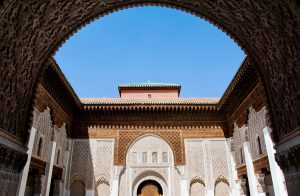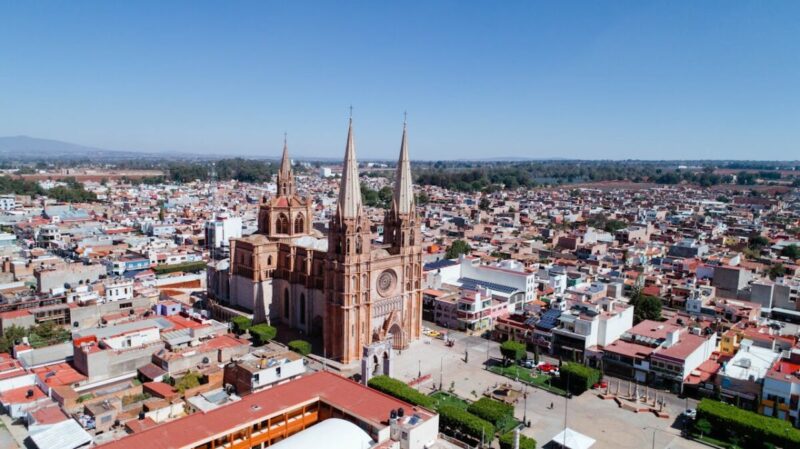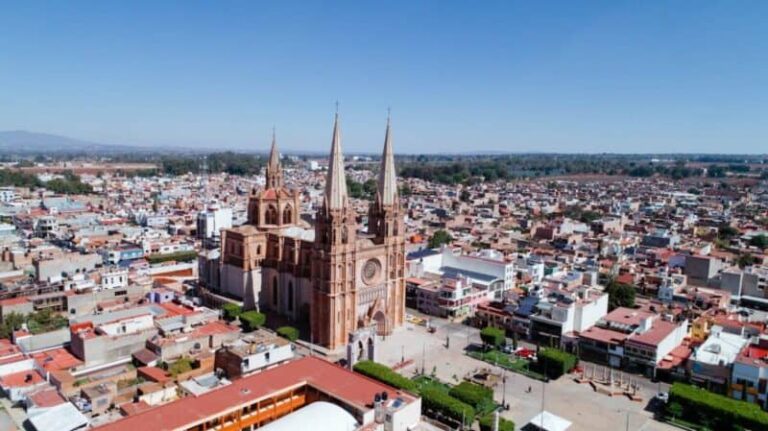Saint Junípero Serra 18th C. Spanish Missionary
Saint Junípero Serra Ferrer was born on November 24, 1713, and died on August 28, 1784. He is popularly known simply as Junipero Serra, and was a Spanish Catholic priest and missionary. He was a member of the Franciscan order. Saint Junípero Serra founded a mission in Baja California and established eight of the twenty-one Spanish missions in California from San Diego to San Francisco. He was canonized by Pope Francis in 2015. Saint Junípero Serra is not without controversy. He has been criticized both before and after his canonization for mandatory conversions to Catholicism, followed by abuse of the Native American converts. Do you think he should have been canonized following these controversies?

Saint Junípero Serra Biography
Saint Junípero Serra was born Miquel Josep Serra i Ferrer in Castellón, Spain. At 7, Saint Junípero Serra was working and helping cultivate wheat and beans, and tending the cattle. But he showed a special interest in visiting the local Franciscans. learned reading, writing, mathematics, Latin, religion, and liturgical song, especially Gregorian chant. Gifted with a good voice. At age 16, Miquel’s parents enrolled him in a Franciscan school in the capital city, Palma de Majorca, where he studied philosophy. A year later, he became a novice in the Franciscan order.
In 1737, Serra became a priest and started to teach philosophy at the Convento de San Francisco. During Serra’s last five years at Majorca, drought and plague afflicted his home village. He sometimes went home from Palma for brief visits to his parents. On one occasion, he was called home to anoint his seriously ill father with the last rites. In one of his final visits home, Saint Junípero Serra found his younger sister Juana María near death.
In 1748, Serra set forth for the Americas. In 1749, Serra and the Franciscan missionary team landed in Veracruz, on the Gulf coast of New Spain (now the Gulf of Mexico). To get from Veracruz to Mexico City, Saint Junípero Serra walked the Camino Real (English: royal path), a rough road stretching from sea level through tropical forests, dry plains, high plateaus, and volcanic sierra mountains to an altitude of 7,400 feet. He and his companions walked as per the guidance of their founder, Saint Francis of Assisi.
In his first appointment in the New World, he was a priest at the Sierra Gorda Indian missions, 90 miles north of Santiago de Querétaro, in a vast region of jagged mountains, home of the Pame people and a scattering of Spanish colonists. He worked for the Spanish Inquisition, being put in charge of the entire colony of New Spain. In his report, he charged the Indians at the Sierra Gorda mission of practicing witchcraft.
In July 1767, the guardian of the college of San Fernando appointed Serra president of the missions of Baja California, heading a group of 15 Franciscan friars. In March 1768, Serra and his missionary team boarded a Spanish sloop at San Blas, on Mexico’s Pacific coast. In 1772, the Indian population decreased to 5,000.
On his initial trek, Saint Junípero Serra was probably bitten by a mosquito and scratched it until it bled. It swelled up and troubled him his entire life. His second assignment was Mission Santa María. On Pentecost day, May 14, 1769, he founded his first mission, Misión San Fernando Rey de España de Velicatá, in a mud hut that had served as a makeshift church. He then walked the southeastern United States, founding 9 missions there. In these missions, he was accused of mistreating Indians and forcing them to convert to Catholicism.
Despite these concerns, thousands of Native Americans in California maintain their Catholic faith, and some supported efforts to canonize Serra. In the late 1770s, Saint Junípero Serra visited all the missions in America for one last time. On August 28, 1784, at the age of 70, he died at Mission San Carlos Borromeo from tuberculosis. He is buried there under the sanctuary.
Conclusion
Saint Junipero Serra is a controversial figure. The is no question he founded missionaries in the Southeastern United States. There is also no question that many of Serra’s letters and other documentation present a good history of the colonization and growth of the American Southeast. He may have mistreated Indians and forced them to convert, but his good outstripped his bad.






